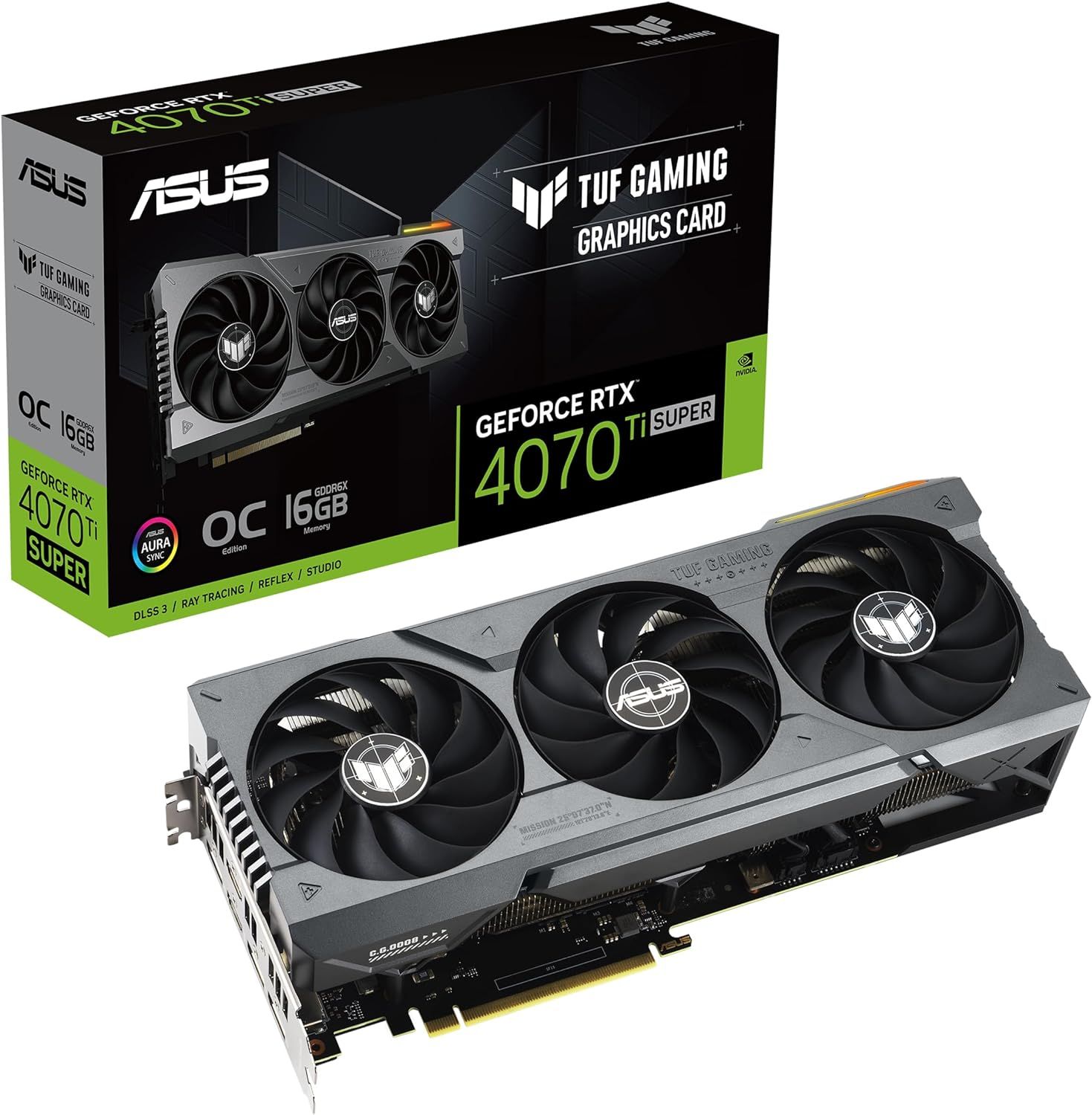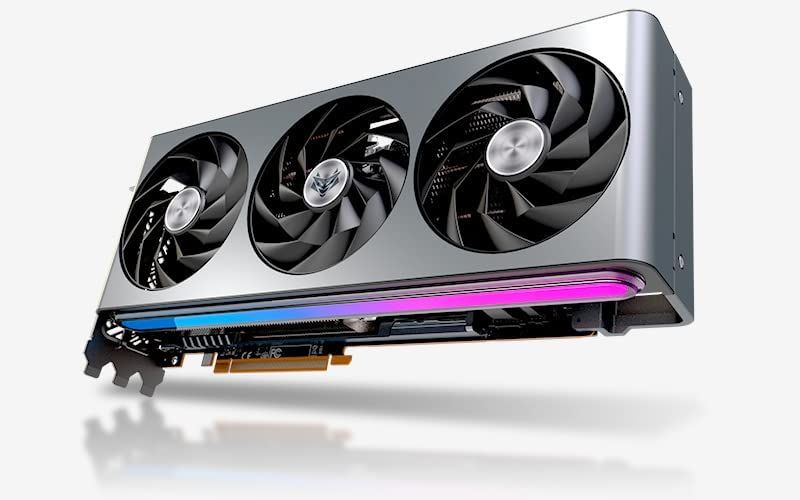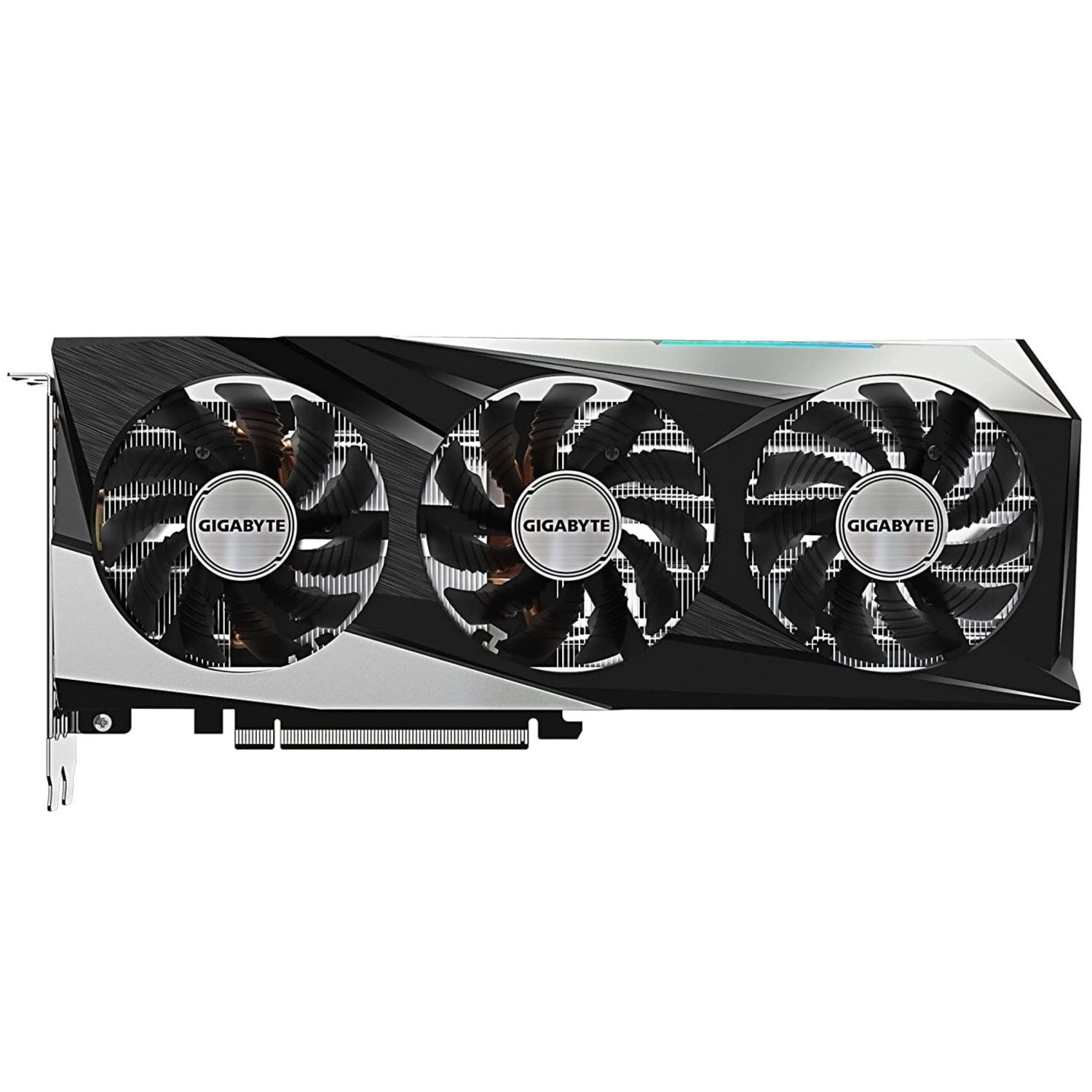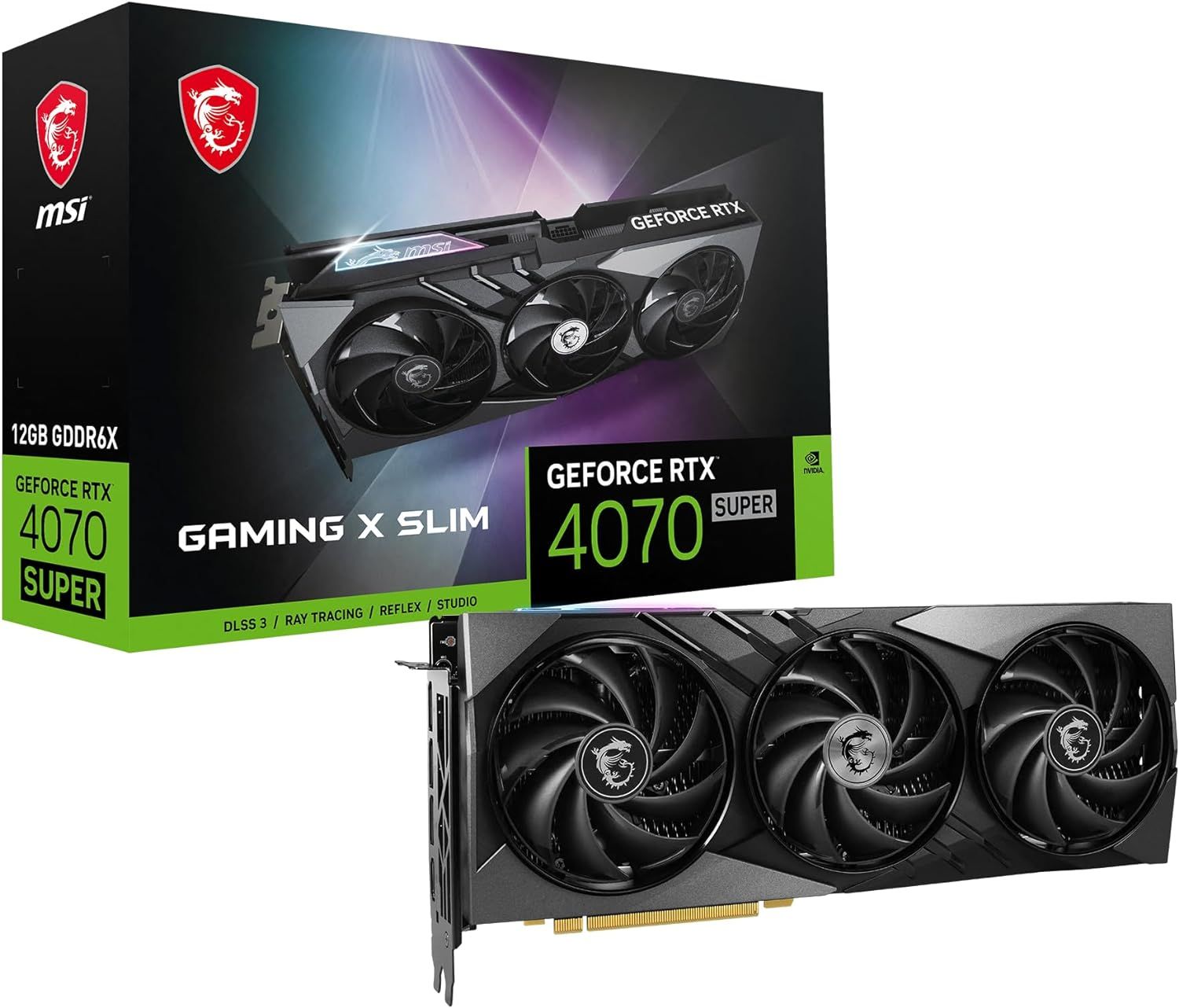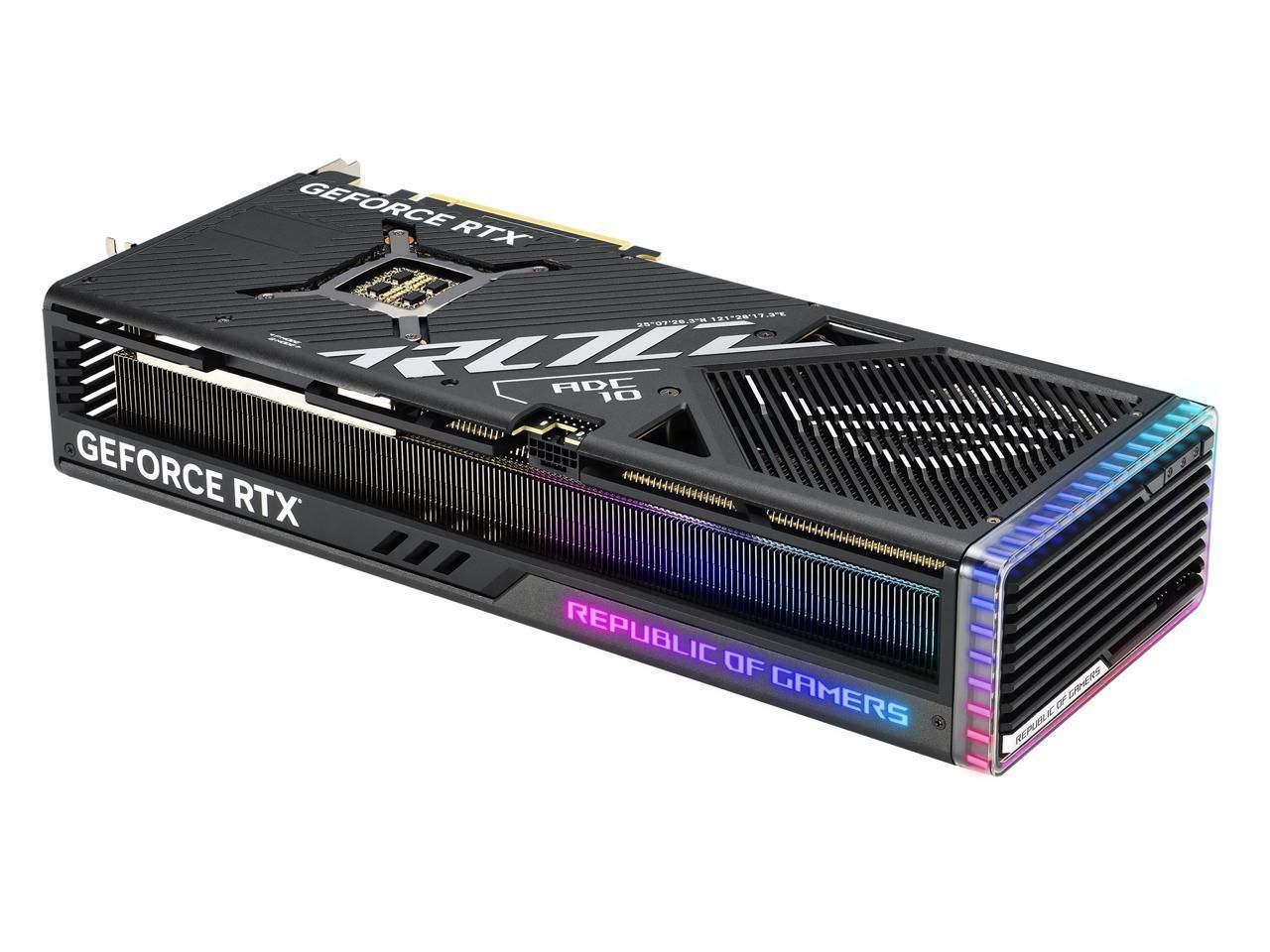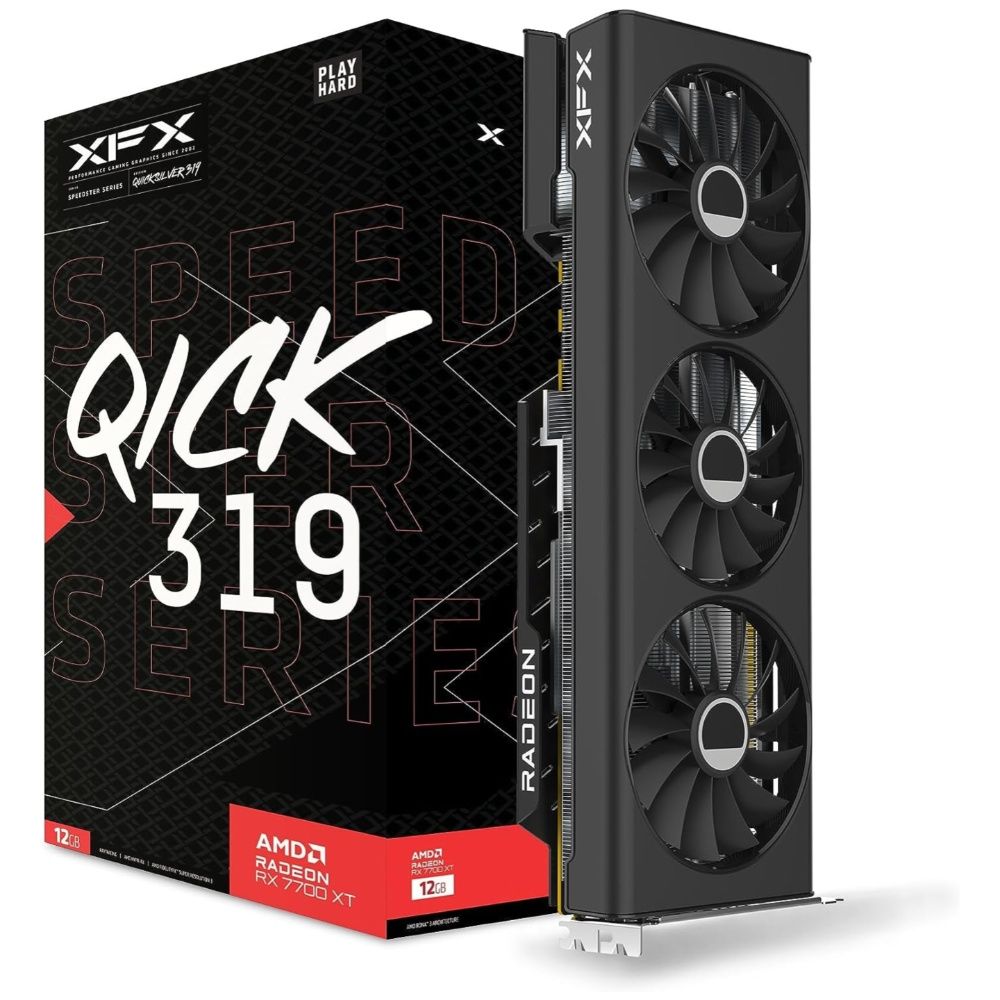AMD's upcoming Ryzen 9000 series CPUs have an impressive suite of features, setting the stage for the next generation of CPUs, arriving as early as July 2024. They offer new 'Zen 5' cores with impressive IPC gains, a small clock bump, and fast L1 and L2 caches, even as the conversation shifts to future X3D CPU launches leveraging the same architecture.
While Computex 2024, where the new CPU lineup made its debut, was a very exciting place to be for consumer-grade CPUs, it did not have much in terms of announcements when it came to desktop-class GPUs, where Nvidia's RTX 4090 still continues to dominate most of its competition with relative ease due to lack of competition when it comes to the highest tier of GPUs.
The Best GPU Upgrades To Get For AMD's New Zen 5 CPU
Users aiming to be game-ready for their new Ryzen 9000-based gaming PC with a GPU that can keep up should look into the ASUS TUF Gaming GeForce RTX 4070 Ti Super OC. The TUF SKU offers a high overclock versus other RTX 4070 TI SUPER SKUs, even as Nvidia's bumped-up VRAM offering makes sure the GPU can handle most current and upcoming titles at a QHD or UHD resolution with ease.
What makes the GPU tick is its impressive Ada Lovelace-based architecture that offers superior performance while leading in terms of efficiency, making it a great all-rounder for gaming and productivity alike. ASUS's take offers a bulkier option than most of its mainstream competitors, but does buy users a GPU that can best be described as the 'strong, silent type', running much cooler than its competition even as it boosts considerably higher, often with fans staying idle unless the GPU is pushed significantly.
This makes it an excellent all-around GPU to grab ahead of the Zen 5 CPUs expected to show as early as July 2024.
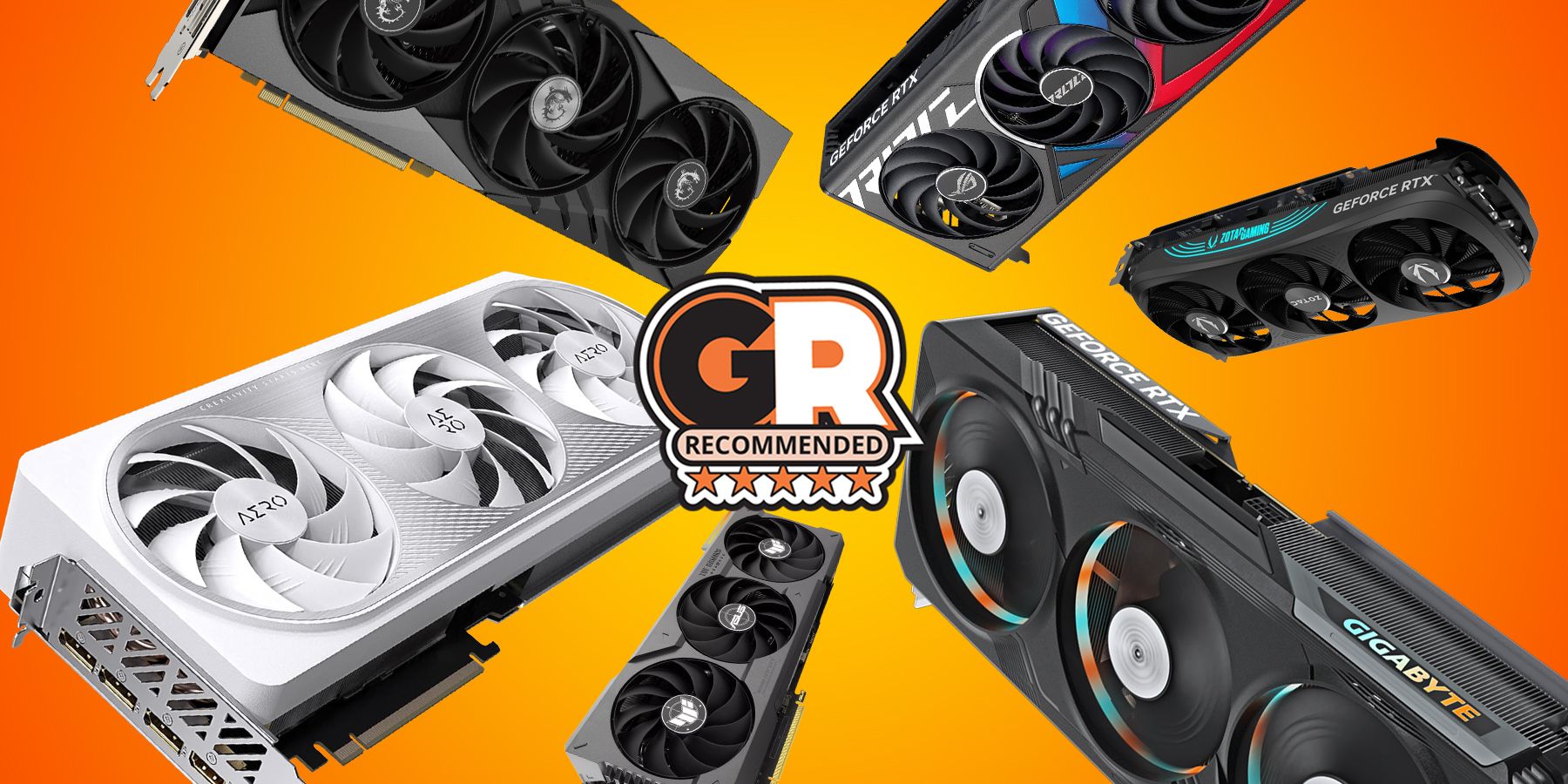
The Best RTX 4070 Ti SUPER GPUs
Nvidia's RTX 4070 Ti SUPER is now out in force. Here are some of the best models you can buy in 2024!
Users looking to build an AMD+AMD config PC can turn to the fastest GPU on offer for consumers currently, the RX 7900 XTX, which offers 24GB of VRAM, impressive rasterization performance, and comparable performance to Nvidia's high-end competition including the RTX 4080 SUPER. The Sapphire AMD Radeon NITRO+ RX 7900 XTX Vapor-X happens to be one of the fastest SKUs of the same in the business, leveraging an excellent vapor chamber and a design that is both aggressive and performance at the same time.
It does, however, have a considerable amount of heft, as it effectively takes up 4 slots, making it a no-go for SFF builders. Sapphire offers two DP 2.1 ports and dual HDMI 2.1a ports for the trouble however, covering all but the most demanding PC setups with ease. The Sapphire offering does trade at a significant premium and does not fix one of the key issues of the RX 7000 series' limitations that carries from the last generation: inferior ray tracing performance.
It does offer 24GB of GDDR6 memory with plenty of bandwidth, a powerful GPU core that can hold its own against all but the all-mighty RTX 4090, and delivers in the aesthetics department, unlike many alternative takes on AMD's fastest consumer-grade GPU yet.
Users looking for a budget option for their gaming or productivity needs can turn to the Gigabyte Radeon RX 7600 Gaming OC, which gets the job done with a sub-$250 price tag in tow. It offers an impressive tri-fan cooler in a dual-slot design that also incorporates 2 HDMI 2.1 and 2 DP 2.1 connectors while being powered by a single 8-pin connector.
This makes Gigabyte's offering not only flexible in terms of installation and power supply compatibility, but also one that can make for an excellent placeholder GPU or a great companion for CPU-centric MOBAs that benefit more from higher spending on a new Zen-5-based CPU. The Gigabyte Radeon RX 7600 Gaming OC does have its limitations, however. It performs poorly in ray tracing versus Nvidia's RTX 4060, which tends to hold a lead that it shares with the last-gen RTX 3060 over AMD's budget option to date.
For users looking to take advantage of what is arguably Nvidia's best value-centric RTX 4000 series GPU while planning a Zen 5-based PC, the MSI RTX 4070 SUPER 12G Gaming X Slim is an offering that delivers better value for money than most of its competition. It offers a slimmer profile as the name suggests, cutting things down to a dual-slot affair even as it retains three fans to keep thermals in check and an excellent boost clock offering that can be pushed further using the MSI Center software available on Windows.
With Nvidia's bumped-up CUDA core count and higher clocks on offer, the MSI RTX 4070 SUPER 12G Gaming X Slim makes great use of the underlying architecture even as it costs an additional $50 over the stock option or other non-OC models on offer. This still makes it $150-200 cheaper than most of Nvidia's next-in-line RTX 4070 Ti SUPER offerings, making it look relatively appealing as a decent mid-range option for gamers moving to the next generation of CPUs.
For users needing the fastest GPU out there, the RTX 4090 is an undisputed winner currently. The ASUS ROG Strix GeForce RTX 4090 OC Edition builds on that lead by offering high boost clocks, excellent thermals, and an aesthetic that is both aggressive and highly customizable in terms of RGB lighting.
The ASUS ROG Strix GeForce RTX 4090 OC is a premium RTX 4090 SKU. It offers plenty of cooling that rivals some of the best liquid-cooled RTX 4090s it competes with. However, ASUS's offering is quite expensive, pushing $2000 at the time of writing.
Users can check out Game ZXC's detailed review of how the ASUS RTX 4090 Strix OC stacks against the competition as one of the highest-end RTX 4090 units in the market.
Users looking to score a GPU upgrade with an excellent price-to-performance ratio without spending upwards of $500 should have the XFX Speedster QICK 319 Radeon RX 7700 XT Black Edition in their crosshairs. It offers 12GB of fast GDDR6 memory, an impressive cooler along with decent overclocking potential and performance that exceeds the RTX 4060 Ti considerably, even as it is a close thing when it comes to Ray Tracing in particular.
XFX's offering bolsters its cooler offering substantially versus the stock option even as the GPU runs quieter than most of its peers. The 7700XT also comes with newer DisplayPort 2.1 (3x) connectors as well as an HDMI 2.1a connector in tow, allowing users to max out the resolution of new U-UWide monitors with relative ease.
The XFX Speedster QICK 319 Radeon RX 7700 XT Black Edition is a promising GPU that also benefits from an ongoing AMD deal that allows users to get two of three games on offer, Company of Heroes 3, Starfield, Lies of P, and Avatar: Frontiers of Pandora, when they purchase the 7700XT or the 7800XT GPU.
Finding The Right GPU Upgrade To Match AMD's New Zen 5 CPUs
Users due to upgrade to a new PC along with AMD's Ryzen 9000 series CPUs can therefore already plan ahead with a GPU upgrade alongside one of AMD's new CPUs in tow, allowing them to hit the ground running once Zen 5 is available at retailers. Alternatively, they can pick up a GPU upgrade now without waiting.
Given that AMD's new lineup caters to multiple user bases, much like its current-generation offerings, users need to consider the following factors to ensure they get the right GPU for their needs without causing meaningful performance bottlenecks depending on their use case:
- Price
- Performance Class
- VRAM on Offer
- Overclocking Potential
- Form Factor
- Cooling Performance and noise during operation
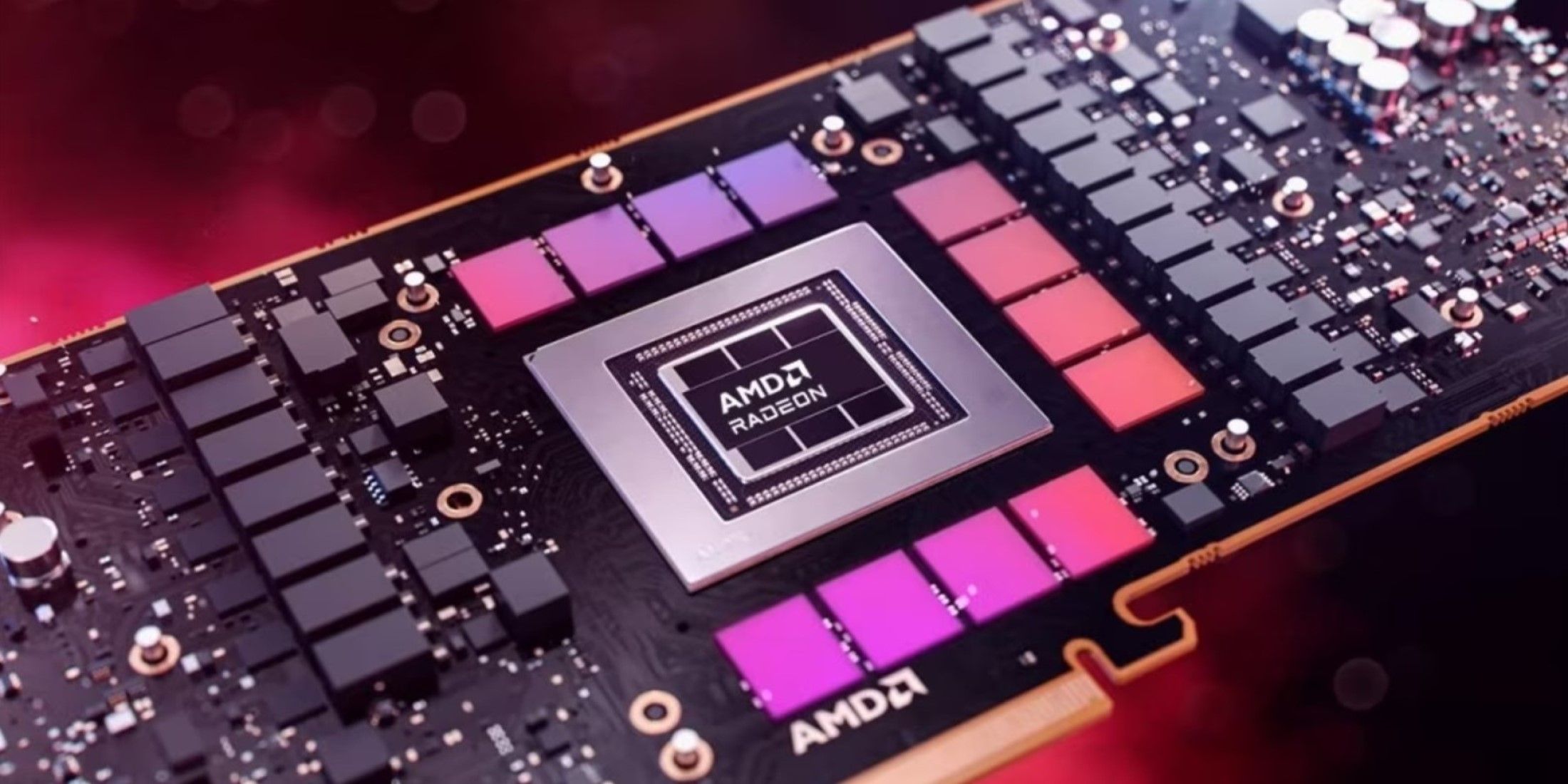
AMD Reveals New GPU Game Bundles
With summer around the corner, AMD pulls back the curtain on new game and GPU bundles at participating retailers for buyers to consider.
FAQ
Q: Do AMD's New Ryzen CPUs Support PCI-E 5.0 GPUs?
Yes, AMD's new Ryzen-based Zen 4 and upcoming Zen 5 CPUs support PCI-E 5.0 GPUs.
Q: When Are AMD's Ryzen 9000 Series CPUs expected?
AMD's upcoming Ryzen 9000 series CPUs are expected to launch starting July 2024. This may be part of a stagged launch with higher end models releasing first followed by mid-range options based on recent CPU release schedules.

